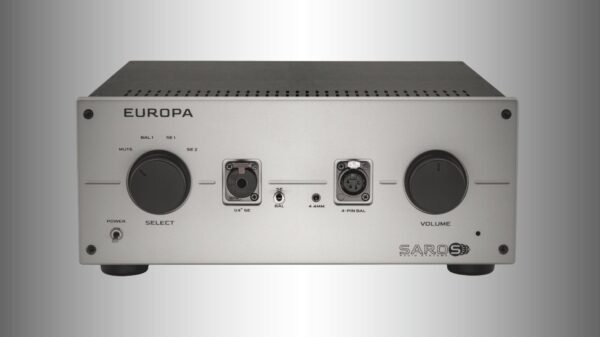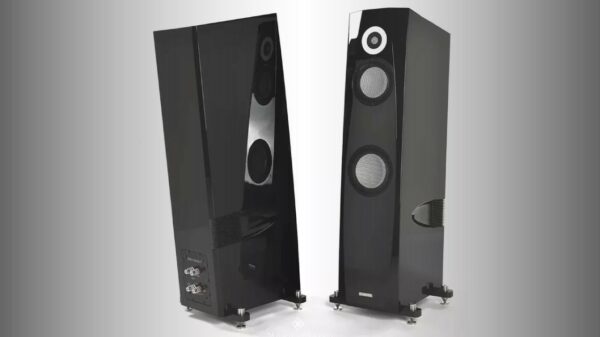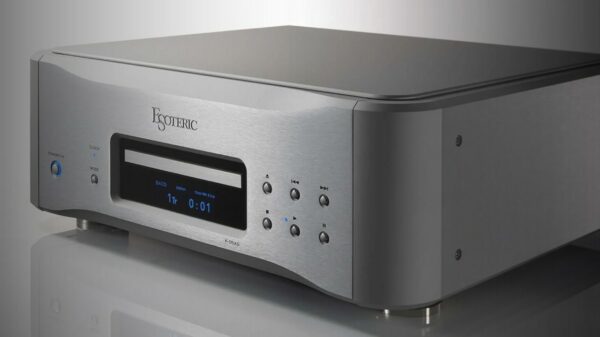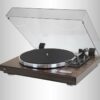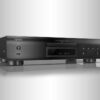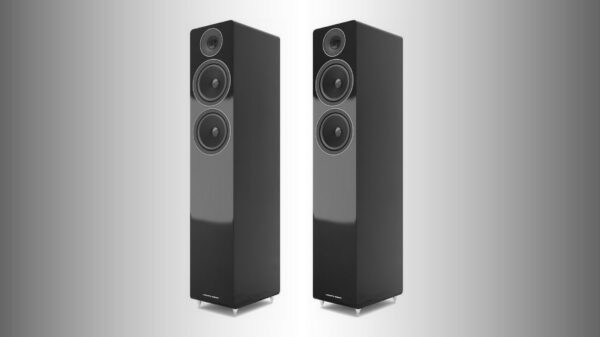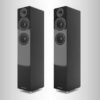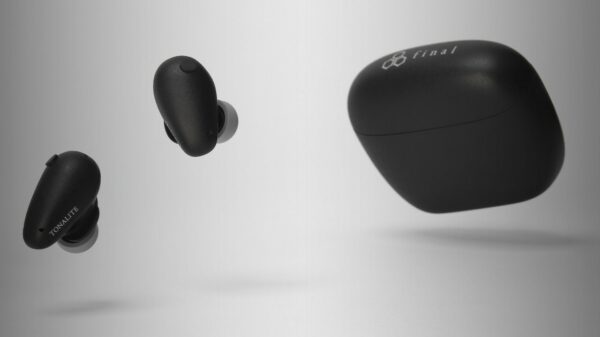Selecting a phono preamplifier for a vinyl system can be a daunting task. Audiophiles often say that even a superb turntable, tonearm, and cartridge can be undermined by the wrong preamp choice. To help, we’ve assembled a list of standout new models in today’s phono preamplifier market. Whether you’re on a modest budget or ready to invest in world-class High End gear, you’ll find a worthy option here.
7. Music Hall MH PA 15.3
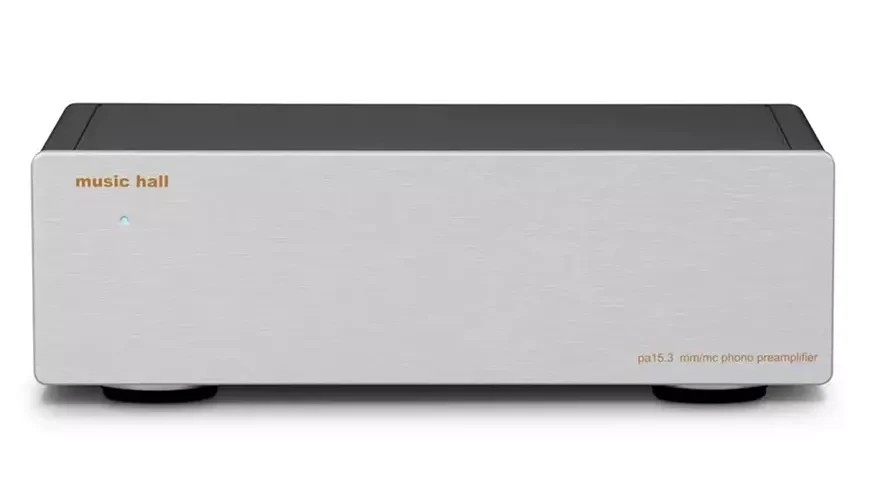
Music Hall MH PA 15.3
Price: 310 USD
Pros: Affordable and versatile
Cons: Not the most transparent sound
Verdict: A great match for an inexpensive turntable.
The MH PA 15.3 delivers a lot for its price. This low-noise transistor phono stage supports both MM and MC cartridges—rare at this level—and produces a fluid, agile sound with well-formed bass. Gain can be set to 40, 43, 60, or 63 dB for both cartridge types, and RIAA curve equalization accuracy is within 0.5%.
6. Fezz Audio Gaia EVO Prestige MM/MC
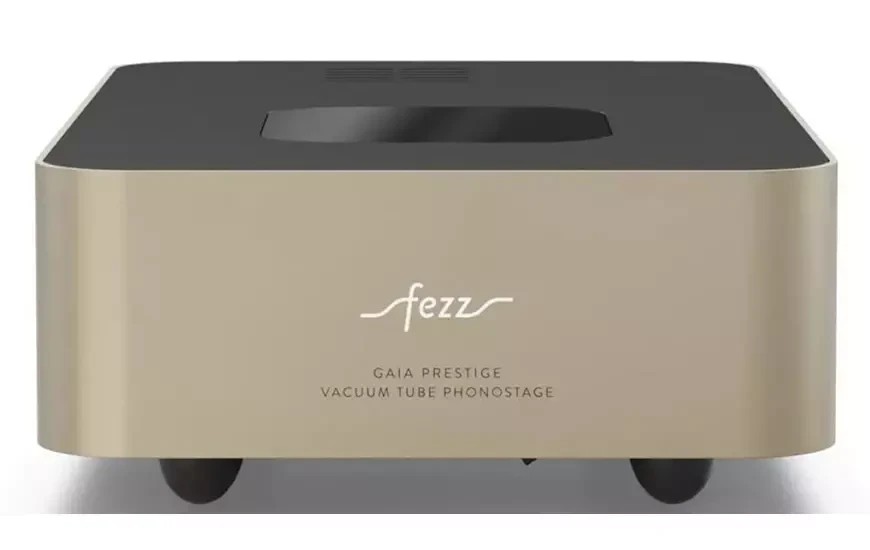
Fezz Audio Gaia EVO Prestige MM/MC
Price: 1,375 USD
Pros: Rich, velvety sound
Cons: No major drawbacks
Verdict: One of the most affordable quality tube phono preamps available.
The Gaia EVO Prestige uses a pair of 12AU7 tubes for amplification and features a stabilized power supply built around a robust Toroidy toroidal transformer. Compatible with both MM and MC cartridges, it offers beautifully developed midrange and a naturally smooth sonic character. Gain is set at 42 dB for MM and 60 dB for MC, making it easy to pair with most cartridges.
5. EAT E-Glo Petit 2
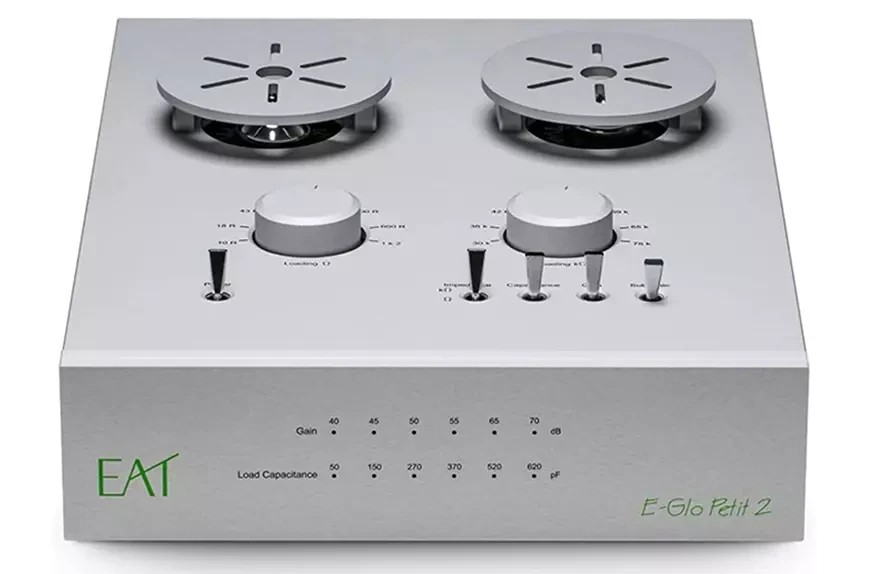
EAT E-Glo Petit 2
Price: 2,215 USD
Pros: Excellent macro- and microdynamics
Cons: Could offer more low-frequency detail at this price
Verdict: An engaging performer that will win over many listeners.
Based on the critically acclaimed E-Glo S, the Petit 2 avoids operational amplifiers, opting instead for a fully discrete, separate-passive design. The first stage combines a field-effect transistor with a 12AX7 tube, while the second employs both field-effect and bipolar transistors. Multi-stage input impedance and gain adjustments allow fine-tuning. The power supply is designed to keep the tubes running at optimal temperature.
4. MOFI Master Phono
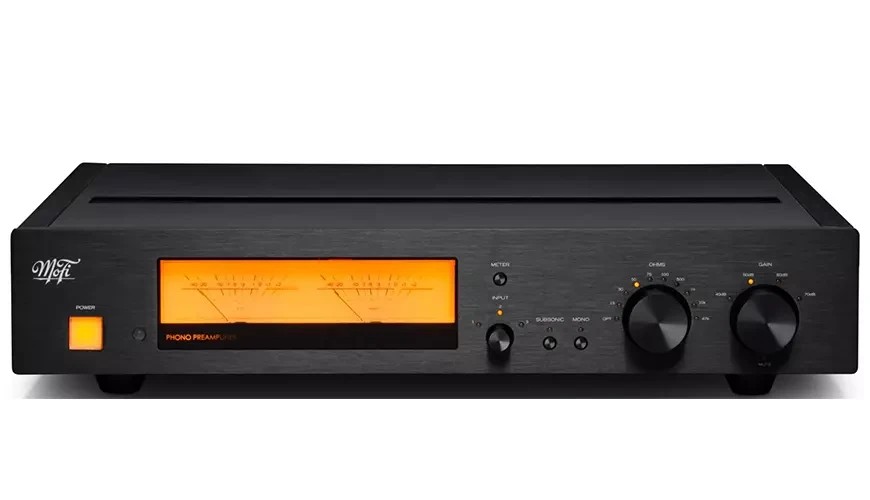
MOFI Master Phono
Price: 8,250 USD
Pros: Powerful sound with a large, immersive soundstage
Cons: Slightly dark tonal balance
Verdict: A phono stage that reaches for the stars.
With gain options from 40 to 70 dB and load impedance settings from 15 to 10,000 Ohms, the Master Phono offers remarkable flexibility. RIAA equalization accuracy is within 0.05 dB—a record in this field. Built with a balanced architecture and discrete components, it features dual chassis construction for maximum noise shielding and excels with even the most demanding cartridges.
3. Manley Steelhead RC
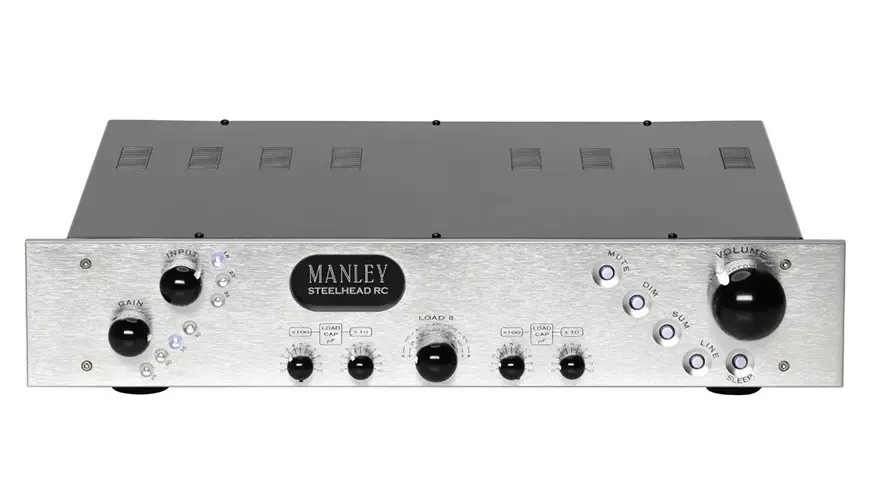
Manley Steelhead RC
Price: 20,330 USD
Pros: Extreme versatility, outstanding sound quality
Cons: None—if you can accept the price
Verdict: A cult classic.
The Steelhead RC employs two 6922 Sovtek tubes and four JAN NOS GE 7044 (or 5687) tubes, delivering a flexible, liquid sonic character. It features custom transformers, MultiCap coupling capacitors, and impedance options from 25 to 400 Ohms. Gain starts at 50 dB with half-decibel steps. An advanced grounding system with three connectors helps eliminate background noise by grounding both the tonearm and platter shaft.
2. Audio Research Reference Phono 3 SE
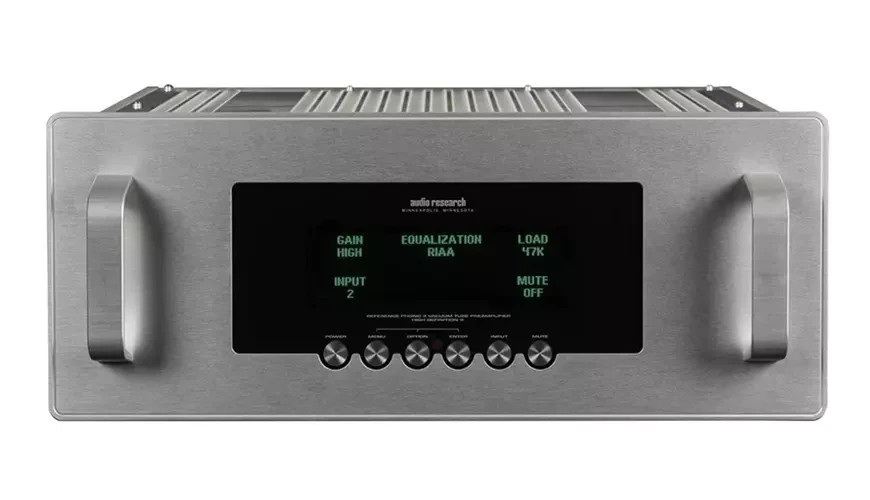
Audio Research Reference Phono 3 SE
Price: 37,150 USD
Pros: Monumental, room-filling sound
Cons: Extremely high price
Verdict: A leader in phono stage design and performance.
This powerhouse delivers immense, lifelike sound, using a proprietary correction circuit inspired by the brand’s final-stage designs. It incorporates audiophile-grade Teflon capacitors along with 6H30 and 6550C tubes, ensuring both power and refinement.
1. Soulution 755
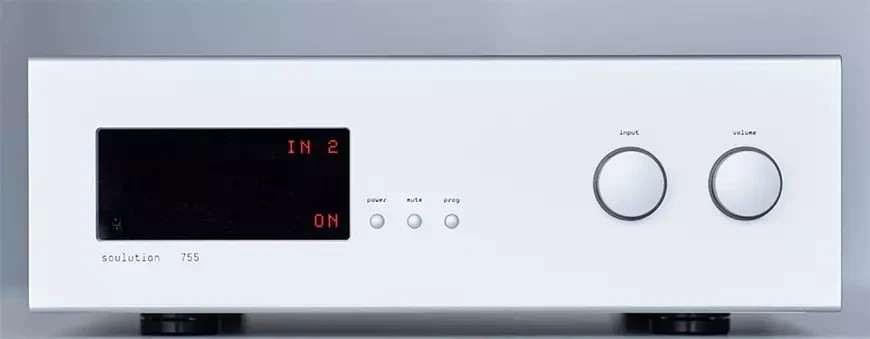
Solution 755
Price: 77,320 USD
Pros: Reference-grade sound in every respect
Cons: Stratospheric cost
Verdict: The pinnacle of Ultra High End.
Offering 66 dB gain for MM and an extraordinary 78 dB for MC cartridges, the 755 boasts a frequency response extending to 1 MHz and a 100 dB signal-to-noise ratio. Two independent power supplies house a massive 500,000 μF of capacitance. Its wide-bandwidth transformers, relay-based input selection, and passive volume control using metal-foil resistors make it a technical tour de force with flawless, magical sound reproduction.













